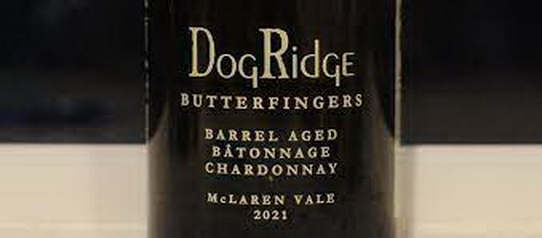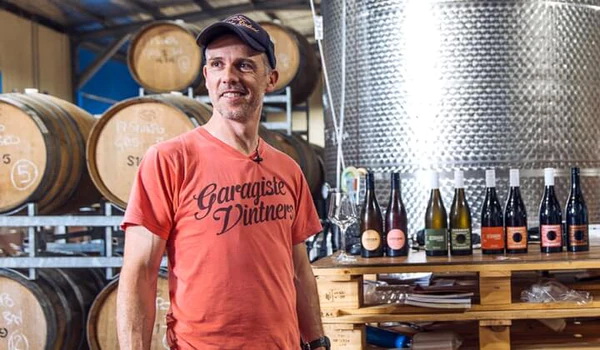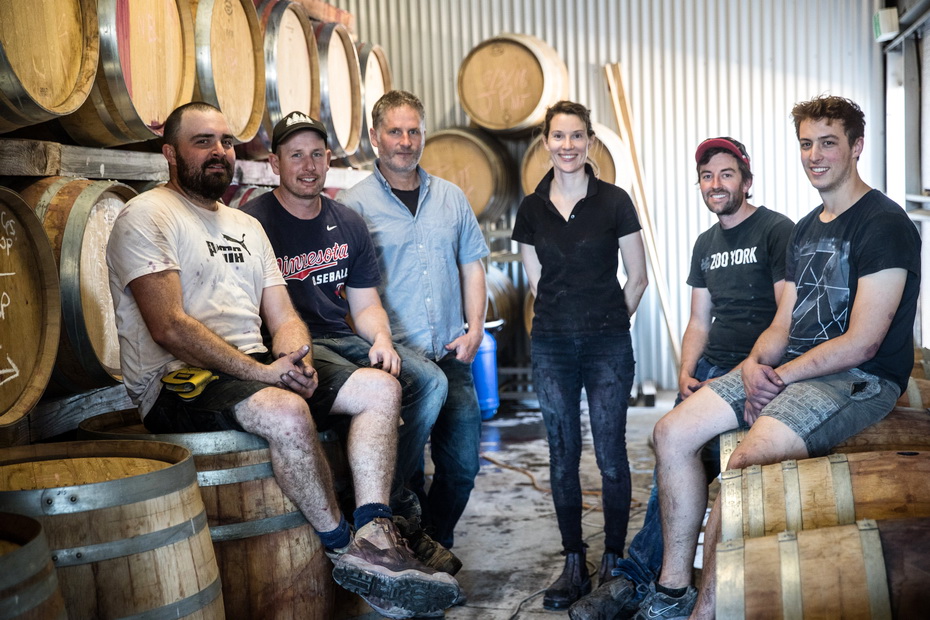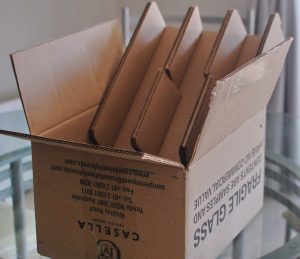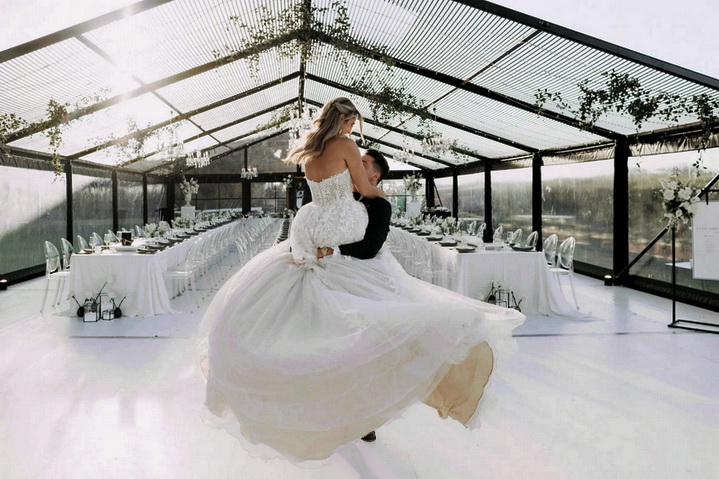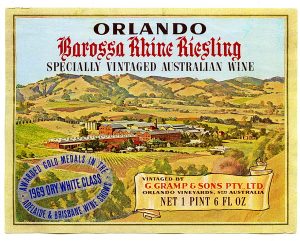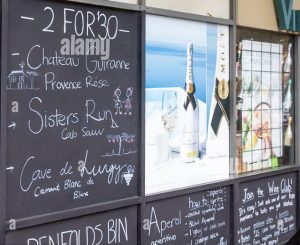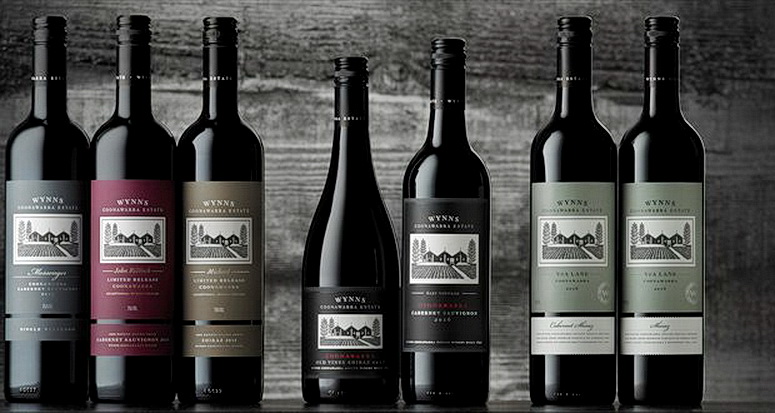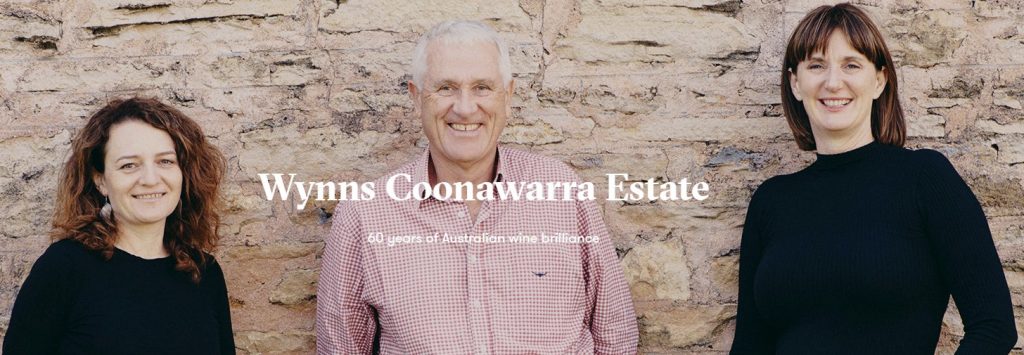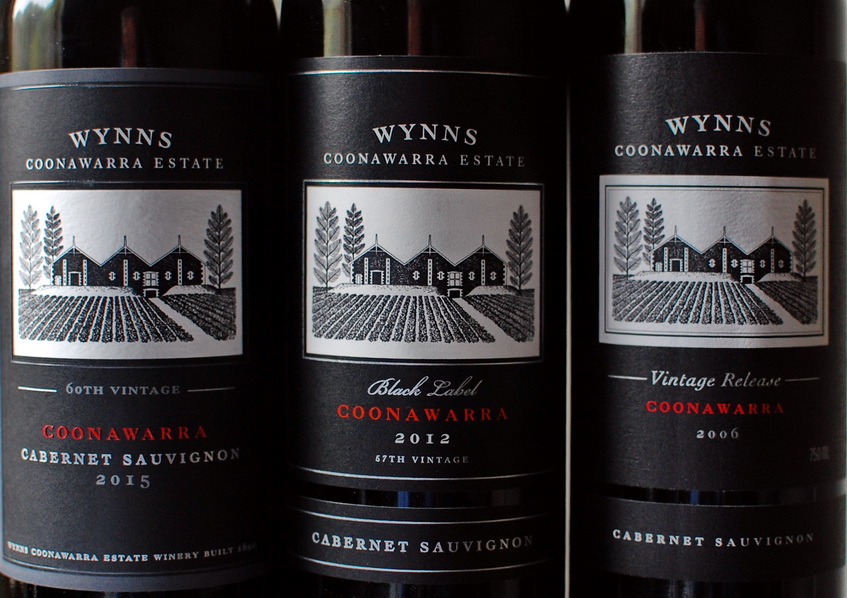This is the only list of the best Chardonnays in Australia that
- Is totally independent, free of bull and free of ads
- Finds the best Chardonnays from $10 to $50 (street price)
- You can buy right now, at the sharpest prices online
- Is updated every 6 – 9 months
- Is as free as the air you breathe
This is Part 6 of a series we started 5 years ago, and update every 6 – 12 months. For a broader background, you can read Part 5 HERE, Part 4 HERE, Part 3 HERE and Part 2 HERE.
You might like to check Part 1 HERE to get the background to this project. The trend away from the rich, buttery, oaky chardies toward grapefruit and gunflint concoctions has hardly changed in 5 years; perhaps the extremes of this trend are less harsh.
We have seen a change in the prices of the top wines, most of all those from Margaret River, the Yarra Valley and New Zealand. That’s made our job harder at the $30 – $50 end of the scale. The good news is that the under $30 section has more good value twines to offer as you’ll see.
CHARDONNAY – THE SHORT STORY
We’ve always liked the rich old style chardies, the ones the ABC (Anything But Chardonnay) movement turned its back on, with all the young Turk winemakers producing Twiggy style chardies that struggles to reach 13% alcohol. They also tend to avoid the malolactic fermentation, which gives chardies their creamy texture, because they prefer crunchy acid styles drizzled with grapefruit and jazzed up with struck match funk. What’s wrong with having a choice of both styles, and one in between?
Why is there a debate at all, when there’s a market for different styles. Wine snobs telling us what we should like? Sure, some of the cheap chardies from the turn of the millennium were caricatures of the real thing, but the swing to lean and mean went over the top and punters got really confused. That’s how Sauvignon Blanc become a popular refuge for many.
Why do winemakers behave like lemmings? I’ve had Tyrrell’s chardies that were trying really hard to look like cool climate wines. Even the old Scarborough label went that way in recent years … why don’t our winemakers use the natural assets of our vast wine areas, and get their heads around the big market for old style chardies? You wouldn’t believe how many requests I get from my subscribers for good wines of this style. So we’ve included a few more in this current list, warts and all.
This time we’ve included a few chardies from across the Tasman that stood out in a recent survey of New Zealand wines, and fit neatly into our sweet spot between $13 and $20. The cooler climate of the shaky isles provides these wines with fine natural acidity, and lets winemakers use the secondary malolactic fermentation without having to worry about their wines going blousy or flabby. That fear is the reason most Aussie winemakers avoid the malo – it keeps their wines fresh but deprives them of mid-palate richness and texture. They leave the wines on lees for months and stir them to make up for that.
Anyhow, let’s check the wines.
UNDER $20
Fat Bastard Chardonnay 2022 – $13 at Our Cellar. It’s better than the 2021, which isn’t saying a lot. It’s still over-oaked, overworked and lacking finesse. We’re listing it here because the punters can’t get enough of it; it’s been the best-selling chardy at Nicks for the last 8 years, they tell us. Other merchants say people buy cases of this stuff. Not surprising since the price is sharp, but everything else is pretty blunt. We have thick slabs of caramel / vanilla oak, fruit that is ripe and pineapple sweet and lacks varietal definition. The taste is confected, makes me think of lollies. 89 points. The next wine is a much better option for the same money.
Selaks Origins Hawkes Bay Chardonnay 2023 – $13 at Our Cellar. This is a crowd pleaser from a venerable Kiwi firm, offering peaches and cream, roasted nuts and vanilla oak in a well-integrated package. The texture is silky and the fine line of acid gives the wine a lift and keeps it tidy. A more subtle option than the FB. 92 points.
Mystery MR222 Reserve Margaret River Chardonnay 2022 – $13 at Winestar in an unbroken dozen. This is Miles from Nowhere Best Blocks Chardonnay, with 5 gold medals to its credit. Ships under its normal label, with free freight to most of Australia. The oak dominates but there’s just enough fruit to stand up to it. It’s a big, rich and round wine that’s been our go-to chardy for a few months now. Top value drinking now but it’ll improve for a couple more years. 93 points.
Babich Hawkes Bay Chardonnay 2024 – $15 at Our Cellar. An attractive chardy offering rich, ripe peaches and nectarines, mild cashews and hints of vanilla, with chalky minerals in the background. The slinky, creamy texture adds to the wine’s appeal. It’s not the most complex chardy and the finish is a tad short, but it’s good drinking now and will fill out over the next year or two. 92/93 points.
Deep Woods Estate Chardonnay 2024 – $17 at 1st Choice in a twin pack. These guys offer lots of deals that bring the price down to $15. Stone fruits and grilled nuts, a gentle rendition of Margaret River chardy from a winery that‘s built quite a reputation for its wines. It’s tidy and polished. Nothing’s overdone so it sneaks up on you, softly, softly – you look at the empty glass and wonder where it went. Good value. 93 points.
Mondavi Bourbon Barrel Aged Chardonnay 2022 – $16 at Cheapest Liquor (member price), $18 elsewhere. Rich and buttery with toasty vanilla oak. Full-bodied, offering peaches, pears and pineapples. Baked custard, grilled nuts, creamy texture. A lot of clever work on show here for the money; made in vast quantities. 92 points.
Robert Oatley Signature Series Margaret River Chardonnay – $18 at Our Cellar. Made by Larry Cherubino, offering attractive ripe stone fruits and hints of cashews in the elegant style that is Larry’s usual signature. It will please crowds with its seductive sweet fruit. 93 points.
Wickhams Road Yarra Valley Chardonnay 2024 – $20 at Boccaccio Cellars. The second label of Hoddles Creek Estate, made form bought-in fruit. It’s a bright, energetic rendition of the chardy theme with stone fruits and citrus notes doing the driving, and oak in the back seat. Great line and length. Great style. 93 points.
Hill Smith Estate Chardonnay 2024 – $20 at Wine Experience. I used to like this wine from the Hill Smith family that owns Yalumba, then lost track of it (it’s always been hard to find) and here it is again. The fruit is from Eden Valley, and the wine reflects the cool climate there with fresh and zesty energy. Stone fruits and hints of grapefruit plus some struck match notes, a gently creamy texture with some French oak in the background. 94 points.
Nicks Secret Martinborough Chardonnay 2022 – $20 at Nicks. It’s Palliser Estate Chardonnay from Martinborough at the southern tip of the north island. This chardy is not one for the purists or the faint of heart. Toasted oak and roasted nuts set the lively agenda right now, with peaches, spices and vanilla beans pushing through, and crème brûlée and croissants filling in the background. It’s a rich wine yet it’s not buttery or overripe. The rich texture suggests barrel fermentation and time on lees, along with some malolactic fermentation. Good drinking already but will improve. 95 points. Serious Bargain.
OVER $20
Mountadam Eden Valley Chardonnay 2023 – $21 at Our Cellar. Pretty straight up-and-down Chardonnay offering white stone fruits and cashews, generous of build with good depth of flavour. Good drinking for the next year or 2. This is not the top of the line chardy from Mountadam but good value at this price. 93 points. BUY
Kumeu Village Chardonnay 2024 – $22 at Our Cellar. I’ve long been a fan of this Kiwi chardy from the suburbs of Auckland, bought lots of the 2022 but was less impressed with the 2023 from a tough vintage. The 2024 is back to rich and ripe and round but is a little short on the palate which reduces the score. 93 points.
The Creamery Chardonnay 2023 – $25 at Our Cellar. Made by O’Neill Vintners who make ripe Chardonnays from grapes grown in California – Monterey, Paso Robles and Clarksburg. It’s 100% barrel fermented, sees 100% malolactic fermentation, and spends seven months in American and French oak. It delivers what it says on the label: rich, ripe, buttery and peachy Chardonnay with a creamy texture, backed by toasty oak. The best of the Californians on this list IMHO, and the sharpest price down under. 94 points.
Rosily Margaret River Chardonnay 2024 – $25 at Kemenys. 2024 was an early, hot vintage and the wine reflects that with rich, ripe stone fruits and good concentration. Some of the wine gets some malo, and all of it gets 9 months in small oak barrels. 30% of these are new, yet the integration is subtle and seamless. A lovely rich, round mouthful. 93+ points.
Secret Label Margaret River Chardonnay 2023 – $25 at Kemenys. The secret is Miles From Nowhere Origin of Now Chardonnay, a $100 super premium wine they launched a few years ago. Gets 96 points and a rave review from Ray Jordan – check the link. Kemenys Secret label wines are delivered with their original labels.
Brokenwood Chardonnay 2024 – $24 at Jim’s Cellars, or $25 at the winery in a 6-pack, freight included. A blend of 70% Chardonnay from Beechworth, 20% from the Yarra Valley and 10% from the Hunter. Stored in French oak, 20% new. Classic white peaches and cashews with hints of nougat, some mealy notes and a squirt of lemon, fresh and elegant yet with good depth of flavour. Silky smooth with good line and length. A classy, pitch-perfect Chardonnay at a sharp price. 95 points. BUY.
Dog Ridge Butterfingers Chardonnay 2022 – $26 at Our Cellar. It’s not as buttery as it suggests, but it’s buttery enough for me. The oak is kept in check as well, letting the gorgeous fruit do most of the talking – ripe peaches and apricots, a touch of vanilla from the oak, good mid-palate weight, medium-bodied (14%), fresh and crisp, supported by a clean line of acid. McLaren Vale in a tux. 94+ points. Good drinking now, but will fill out a little more over a year or two.
Oakridge Yarra Valley Chardonnay 2024 – $26 at WSD. Some struck match funk but not overdone, some citrus notes keeping the peaches in check, and roasted nuts in the background. Good depth of flavour here, and good length leading to a dry finish. 94 points. Stylish chardy for the asking price.
Hoddles Creek Estate Chardonnay 2024 – $26 at MyCellars where the freight is free for subscribers on any quantity. White peaches and nectarines backed by almond oak, clean and fresh, young and intense but restrained as in the winery’s style. Will soften and fill out over a year or three. 94+ points
Ringbolt Chardonnay 2023 – $26 at Our Cellar. It’s a new addition to the ever-growing Hill Smith Family Estates (HSFE) tribe, and I suspect the lone Ringbolt Cabernet will be glad of the company. This is among the best Chardonnays I’ve tasted in the last 12 months: classic Willyabrup intensity, energy and appeal. Has everything you expect from a good chardy, and it’s a seamless piece of work. Just a gorgeous mouthful that you keep coming back to. 95 points
Montalto Pennon Hill Chardonnay 2023 – $30 at auscellardoor. Haven’t tried this vintage bit Jane Faulkner at the WC has and writes: ‘Always a terrific go-to wine showcasing the peninsula as much as the producer. It’s really juicy and zesty, full of citrus and white stone fruit, with a sprinkling of spice, lime zest and coriander seeds. It’s tangy and lively across the palate, and while there’s a slip of leesy texture, this is mouth-watering and superfine. Very good. 13% alc. Drink: 2024 – 2030’
Garagiste Le Stagiaire Chardonnay 2024 – $30 at Different Drop. Barnaby Flanders is a Pinot Noir and Chardonnay tragic, they tell us. He travelled the world and fell in love with the wines of Burgundy. In 2006 he founded Garagiste Wines on the Mornington Peninsula, where he makes small batch premium Pinot Noir and Chardonnay. This is Garagiste’s value leader. The fruit was whole-bunch pressed directly to 500-litre puncheons and spent 8 months on lees to build complexity. The style is fine-boned and pure, fresh and zesty, fruit-driven with citrus overtones. Oak doesn’t intrude. 94 points.
OVER $30
Kooyong Clonale Chardonnay 2023 – $31 at Barrel & Batch. This was a favourite of ours a few years back when it sold for less than $20. The tightly-wound, energetic and elegant style has not changed a lot since. An seamless blend of citrus and honeysuckle, nectarines and cashews, finished with a touch of ginger. The fine acidity gives the finish a lift. 94 points
Neudorf Tiritiri Chardonnay 2022 – $32 at Wine Experience. From beautiful Nelson on the south island of NZ. A faint whiff of struck matches leads to an elegant chardy of some complexity. It spent 10 months on lees with monthly battonage (stirring), then went through malolactic fermentation. Peaches, ripe apples, a squirt of grapefruit and some chalky minerals. The creamy texture completes the classy picture. Subtle and elegant. Delicious chardy. 94+ points.
Scotchmans Hill Chardonnay Bellarine Peninsula 2022 – $33 at WSD. Haven’t tried this vintage but these guys have a great track record for chardies. Here’s is JH’s take: ‘Clones P58, I10V1, I10V3, I10V5, 76 and 95; whole-bunch pressed to barrel, wild-yeast fermentation, lees stirred monthly, matured in new and used French barriques for 12 months. A mouth-filling, rich and creamy palate is striking, but does allow grapefruit to make a limited appearance on the complex, satisfying finish. 95 points, Special Value.’
Nautilus Chardonnay 2022 – $34 at Our Cellar. This is one of Hill Smith Family Estates’ many labels. It delivers peaches and nuts with hints of crème brûlée and a squirt of lemon to keep things tidy. The mid palate fruit is rich and seductive, spicy and a touch sweet – in the nicest way – but it finishes dry. Perfect balance. Will please crowds. 94 points. BUY.
Soumah Single Vineyard Hexham Chardonnay2023 – $34 at Summer Hill Wine. I haven’t tried this vintage. The Real Review writes: Complete and fragrant aromas of grapefruit pith, white flowers, nougat, just-ripe white stone fruit, melon skin and struck match. Fine, focused and with a lovely pure and precise line of fruit, oak and pithy acidity. Textured, layered and with fabulous complexity and drinkability. Serious chardonnay. 95 points.’
Harewood Estate Chardonnay Reserve 2023 – $36 at Wine Square. This is one of the best Chardonnays I’ve seen in the last 12 months. Rich and ripe white stonefruits and cashews, toasty French oak that’s polished and fully integrated. Lees stirring and malolactic fermentation have added baking spices and a creamy texture. 96 points. Brilliant wine.
Collector Tiger Tiger Chardonnay 2022 – $36 in a 6-pack at the Vine Press. Made from Tumbarumba grapes grown at 700 m above sea level by Alex McKay who prides himself on the ‘purity of regional expression and varietal definition’ of his wines. He set up Collector Wines back in 2005 and has built quite a reputation for his Chardonays. Check the story here.+
This is cool climate chardy of great intensity, offering stone fruits and grapefruit, maybe a couple of struck matches too many, but I confess that the flintiness adds complexity. Oak does not intrude. Great example of the style. 95 points.
Freycinet Chardonnay 2022 – $42 at the Wine Collective. We have to have a Tassie chardy in the line-up. I’ve seen stunning Rieslings from this winery but not their Chardonnays. Huon Hooke’s review starts with ‘a bitter orange-peel, lemon pith, cumquat and nougat range of aromas and flavours. It’s quite unusual but attractive, the palate intense and full, rounded and ample, with a distinct trace of bitterness that helps cleanse the follow-through. The tannins will help it stand up to flavoursome food. Long carry. A generous style of chardonnay, and really classy. 13.5%. 96 Points.
Kumeu River Estate Chardonnay 2022 – $42 in a 6-pack at Summer Hill Wine. Cyclone Dovi did a lot of damage to the east coast of New Zealand in 2022, but spared Kumeu River in the outskits of Auckland, which had another good vintage. Bob Campbell at The Real Review talks about green apple and grapefruit notes and ‘taut acidity that gives the wine a nod in the direction of Chablis.’ After reading his review, I was in no hurry to try the wine.
When I tasted it 6 months later, it was a rich, ripe, almost voluptuous Chardonnay, with white peaches doing much of the talking, backed by some complex elements that suggested storage on lees. As always, the oak is a subtle addition and the integration seamless, and the malolactic fermentation adds a touch of cream to the texture. A lovely surprise. 94 points, heading for 95.
Dexter Chardonnay 2023 – $45 at Summer Hill. Todd Dexter makes very precise Chardonnays on the Mornington Peninsula, but I haven’t tried this vintage. The Real Review ‘Light lemon yellow hue. Fragrant grapefruit, oyster shell and green cashew aromas. Bright and lively on entry, fruit is lemon and peach with a lift of acidity that accentuates saline minerality, a touch of struck flint too. Great length and sits with poise and detail. As it lingers a hint of nougat shines through: this will no doubt build over time. 95 points.
Fighting Gully Road Chardonnay 2023 – $50 at Different Drop. The Real Review writes: ‘Light-mid bright yellow; creamy lees and bread crust aromas, the palate intense and focused, bright and piercing, with great panache and long-lasting finish. The flavours are precise and beautifully harmonised. Superb chardonnay, with high ageing potential. 96 points.’
Yabby Lake Single Vineyard Chardonnay 2022 – $50 at Winestar. Tom Carson has built a great reputation for his Chardonnays and Pinots Noir. I haven’t tried this vintage, but Jane Faukner from the Wine Companion has and says ‘this is an exceptional wine. A perfect amalgam of stone fruit and citrus, zest and spice, savoury oak and cedar, mouth-watering acidity and creamy lees. A delicious wine. Get it while you can. 96 Points & Special Value Star.’
Cherubino Dijon Chardonnay 2022 – $50 at Grevillea. Larry the wizard won the trophy for best white wine producer at the IWSC in London. He makes about half a dozen single vineyard Chardonnays, and this is one of them. I haven’t tried this Margaret River chardy yet but Huon Hooke has: ‘Smoky reduction and traces of butterscotch, hazelnut and nougat: latent complexity here. Refined and subtle, but also really intense and focused, with excellent line and length. A stylish, refined and understated chardonnay that promises to have a bright future. 96 points.




